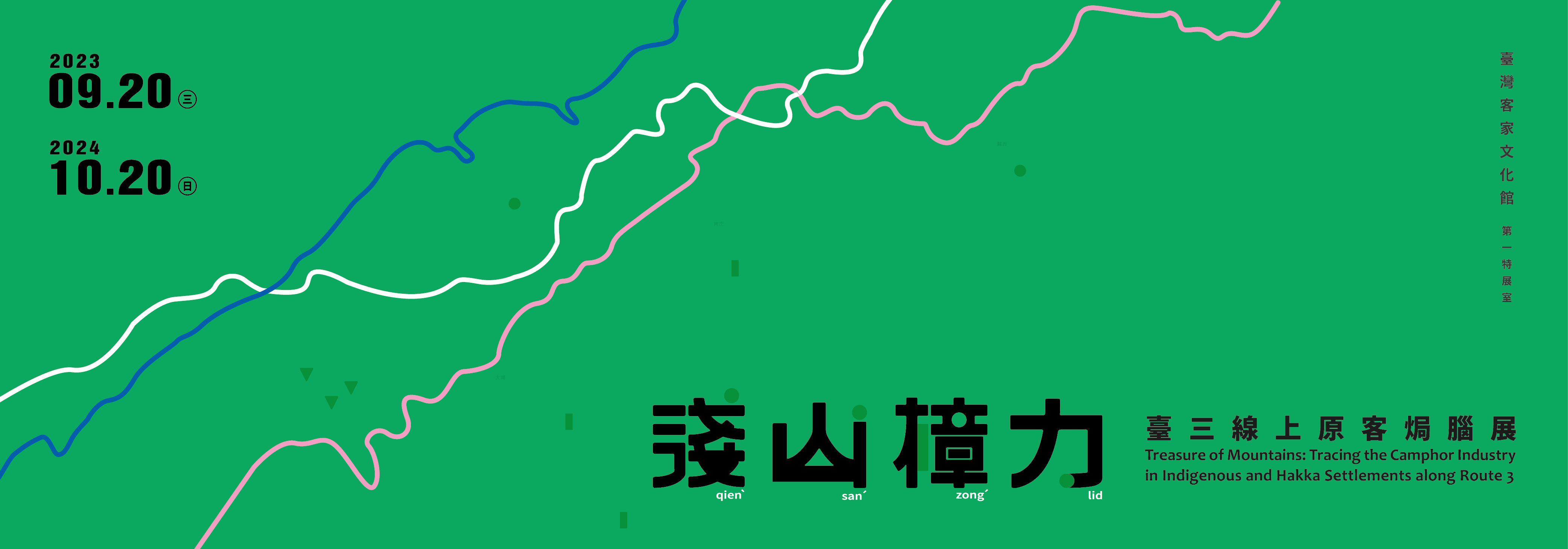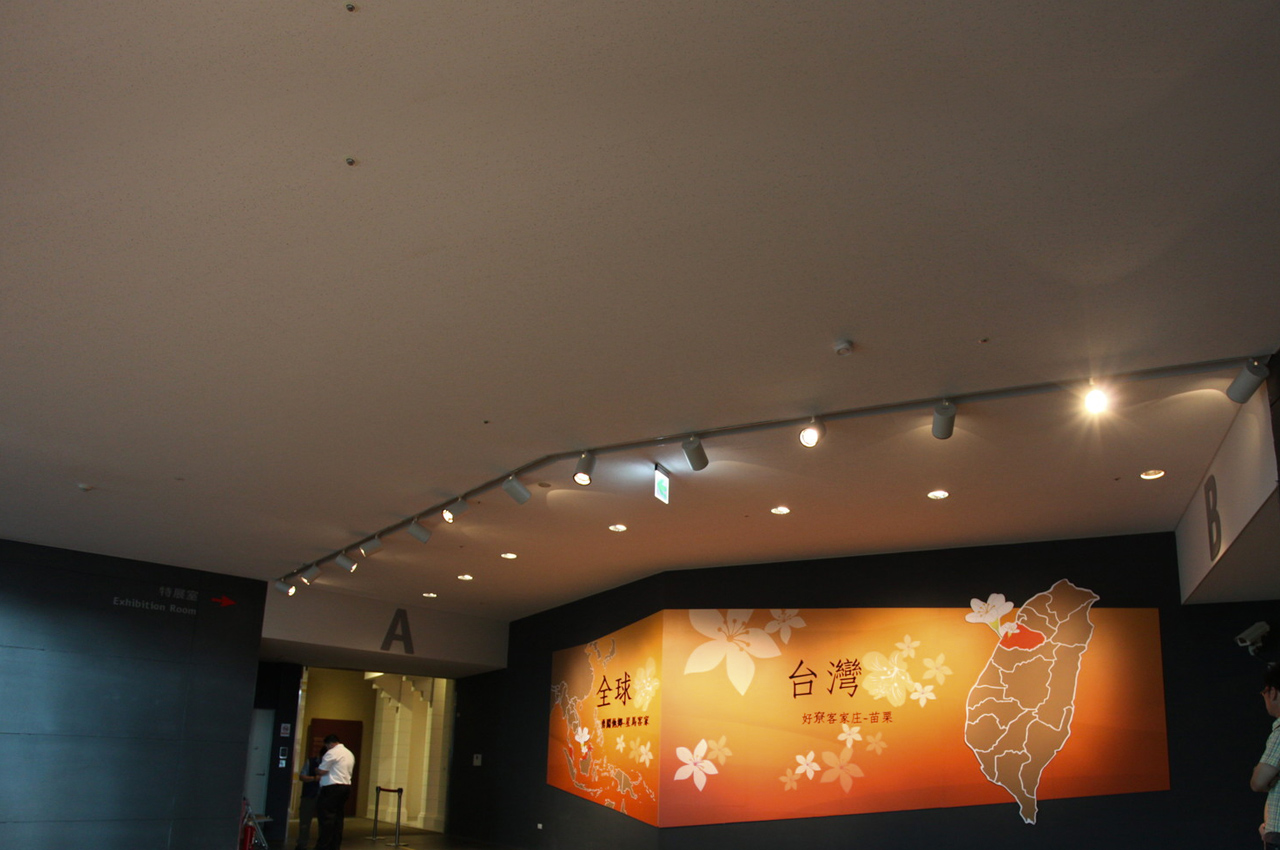Exhibition Review
1st special exhibition room: Treasure of Mountains: Tracing the Camphor Industry in Indigenous and Hakka Settlements along Route 3

Time:2023/9/20~2024/10/20
●Exhibition Background:
In the past, the shallow mountainous regions in the northwest along the former Provincial Highway 3 were abundant in camphor trees. These resources brought significant economic benefits, attracting the world's most powerful countries, governments, local capitalists, and Han Chinese immigrants to develop the mountainous regions, making Taiwan the world's largest producer of camphor at that time. With the flourishing development of the camphor industry in the 19th century, it influenced the interactions and competitions among indigenous, Hoklo, and Hakka people in the shallow mountainous areas. Hence, this exhibition will start with an exploration of the camphor industry in the central and northern regions, aiming to delve into the dynamic interactions between global trade and ethnic groups involved in this sector.
●The importance of camphor
By showcasing the practical uses of camphor and emphasizing its economic value and global demand, Taiwan, being the region with the densest distribution of natural camphor forests globally, has attracted pioneers who continuously venture deeper into the mountains to cultivate camphor trees and extract camphor. This further influences the interaction among different ethnic groups.
●Taiwan's Pursuit of Camphor
The significant business opportunities brought by camphor have propelled Taiwan onto the path of camphor exploitation, influencing both local capital investment and national policy direction. In order to obtain resources in mountainous areas, rulers implemented restrictive measures during the Qing Dynasty and the Japanese colonial period to strengthen control over the area.
●Diverse Perspectives in Focus
As the camphor industry evolved, competitive relationships have arisen among various ethnic groups. Camphor produced in mountainous areas became a global commodity, requiring transportation to low-lying areas for distribution and trade, thus leading to the development of streets and settlements in river valleys.
●Taiwan's Camphor Legacy: A Global Influence
In the 1860s, Taiwan opened its ports for international trade, with tea, sugar, and camphor as the main export commodities. Through an exploration of the production and distribution process of camphor, this exhibition will delve into how camphor was sold globally during the Qing Dynasty and the Japanese colonial period, playing a significant role on the global stage.
●Camphor: A Journey from Taiwan to the World
The trajectory of Taiwan's global economic and trade relations, ethnic dynamics, politics, and social transformations can be traced through the evolution and decline of the camphor industry. The camphor industry of the past has evolved into diverse forms of development. Former camphor factories have transitioned into tourism factories, storytelling spaces, and more, redefining their roles to emphasize cultural heritage, educational exhibits, and tourism experiences. Furthermore, the former camphor factory warehouse in Taipei has been transformed into museum exhibition space. The buildings of the Jiji Camphor Branch Office have been designated as the "Jiji Cultural and Creative Industry Park," providing spaces for diverse activities such as leisure and cultural performances. This transformation exemplifies the integration of past heritage into modern life while preserving the cultural significance of the camphor industry.


